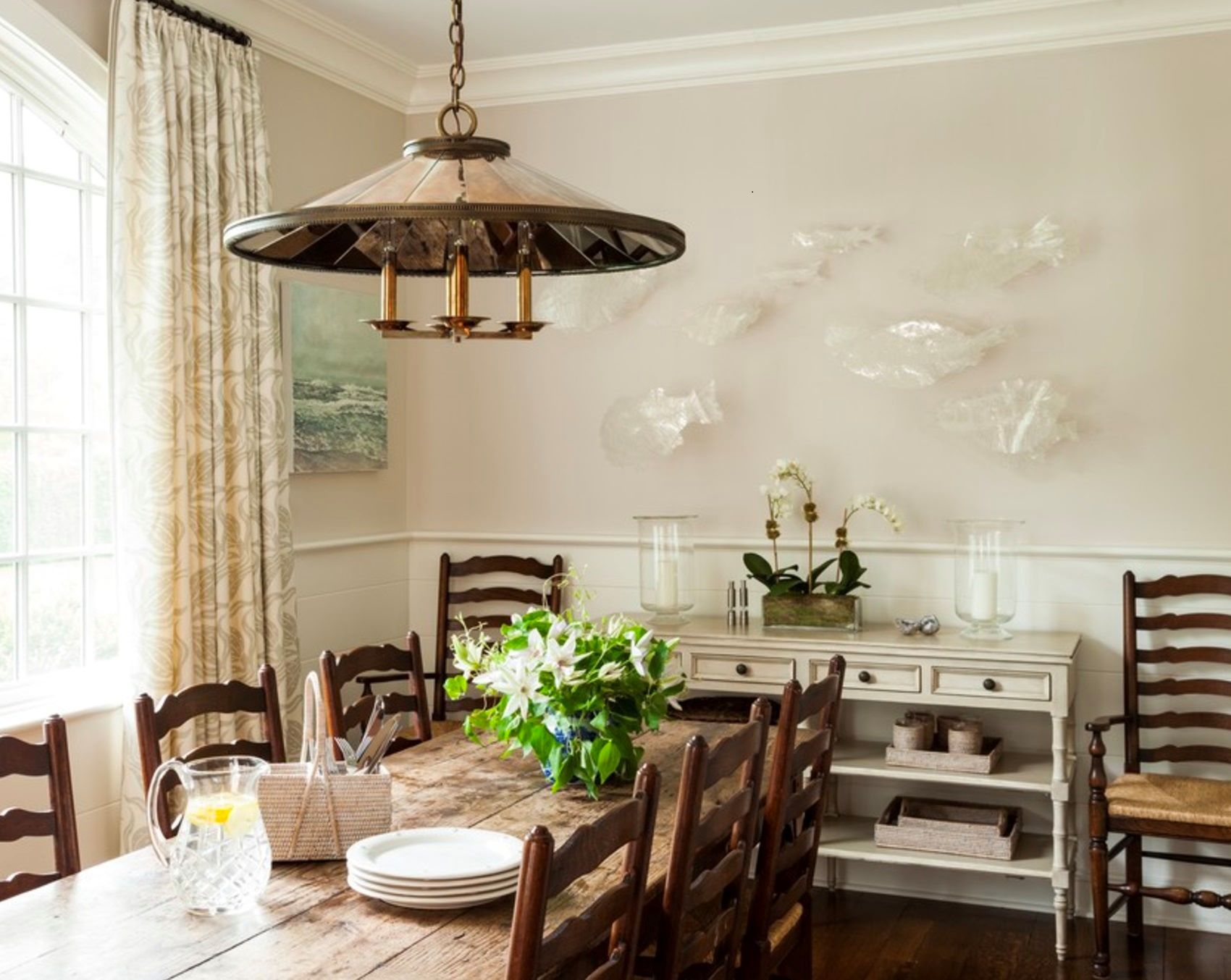

Articles
What To Put On Your Dining Room Table
Modified: January 9, 2024
Discover creative ideas and inspiration for articles on what to put on your dining room table. From stylish centerpieces to table settings, get tips to make your dining area shine.
(Many of the links in this article redirect to a specific reviewed product. Your purchase of these products through affiliate links helps to generate commission for Storables.com, at no extra cost. Learn more)
Introduction
Your dining room table is not just a functional piece of furniture; it’s also a centerpiece in your home. Whether you’re hosting a formal dinner party or simply enjoying a meal with your family, the way you decorate your dining table can set the mood and create a welcoming ambiance. With a little creativity and attention to detail, you can transform your dining table into a stunning focal point that reflects your personal style.
In this article, we will explore various elements of dining room table decorations that can elevate the overall aesthetic appeal of your dining space. From centerpieces to table linens, dinnerware to seasonal decorations, we’ll cover it all. So, let’s dive in and discover how to turn your dining table into a stunning visual masterpiece.
Key Takeaways:
- Elevate your dining table with carefully chosen decorations that reflect your personal style and create a visually stunning and inviting space for memorable dining experiences.
- Consider the occasion, balance and proportion, and changing seasons when selecting and arranging dining room table decorations. Let your creativity shine to create a captivating and harmonious dining table setup.
Read more: What Is In A Dining Room?
Table Decorations
When it comes to table decorations, the options are virtually endless. The goal is to create a visually appealing arrangement that complements the style and theme of your dining room. Here are some ideas to consider:
- Centerpieces: A centerpiece is the focal point of your dining table. It can be a floral arrangement, a collection of candles, or even a unique sculpture. Choose something that suits your personal taste and fits the occasion. For a formal dinner, a classic floral centerpiece in a vase can add an elegant touch. For a more casual gathering, a rustic wooden tray with candles and greenery can create a cozy atmosphere.
- Table Linens: The right tablecloth, table runner, or placemats can instantly elevate the look of your dining table. Consider the color, pattern, and texture of the linens. Opt for a crisp white tablecloth for a timeless and sophisticated look. Or, add a pop of color with patterned placemats that coordinate with your dining room decor.
- Place Settings: Setting the table with care and attention to detail creates a refined and inviting atmosphere. Choose dishes and flatware that complement your table linens and centerpieces. Consider using charger plates or decorative napkin folds to add an extra touch of elegance.
Remember, the key to successful table decorations is balance. Avoid overcrowding the table with too many items, as this can make it look cluttered. Instead, aim for a cohesive and harmonious arrangement that enhances your dining experience.
Centerpieces
The centerpiece is the star of your dining table, creating a focal point that captures attention and sets the tone for the gathering. Here are some ideas for creating stunning centerpieces:
- Floral Arrangements: Fresh flowers are a timeless choice for centerpieces. Select blooms that complement your dining room decor and the season. You can opt for a single large vase with a bold arrangement of roses or lilies for a classic look. Alternatively, create a charming centerpiece using a mix of wildflowers in a rustic mason jar.
- Candles: Candles can add a touch of elegance and a warm ambiance to your dining table. Use tall candlesticks for a sophisticated look or cluster small tealights for a cozy atmosphere. Consider using scented candles to add an inviting aroma to the space.
- Natural Elements: Bring the beauty of nature to your table with centerpieces made from natural elements such as branches, leaves, or pinecones. Combine these elements with a few scattered votive candles for a rustic and earthy centerpiece.
- Seasonal Decor: Reflect the changing seasons by incorporating seasonal elements into your centerpieces. For a fall gathering, arrange pumpkins, gourds, and autumn foliage on a wooden tray. In the winter, create a centerpiece with evergreen branches, pinecones, and silver or gold accents.
Experiment with different heights, textures, and colors to create a visually dynamic centerpiece. Remember to consider the size of the dining table and the number of guests when selecting or creating your centerpiece so it doesn’t obstruct views or hinder conversation.
Ultimately, the centerpiece should reflect your personal style and enhance the overall ambiance of your dining room. Have fun with the process and let your creativity shine as you design a centerpiece that will be the talk of your next gathering.
Table Linens
Table linens play a crucial role in enhancing the overall look and feel of your dining table. They not only protect the surface but also add elegance, color, and texture to the space. Here are some key considerations when selecting table linens for your dining room:
- Tablecloth: A tablecloth is a versatile piece that can instantly transform the appearance of your dining table. Choose a fabric that suits the occasion and matches your dining room decor. For a formal gathering, opt for luxurious materials like satin or lace. For a more casual setting, linen or cotton tablecloths offer a relaxed and inviting vibe.
- Table Runner: A table runner is a great way to add visual interest and style to your dining table. It can be placed in the center or along the length of the table. Choose a runner that complements the color scheme and theme of your dining room. For a cohesive look, coordinate the runner with the tablecloth or other elements of the table setting.
- Placemats: Placemats are both practical and decorative. They protect the table surface from spills and scratches while adding a pop of color and texture. Consider using placemats that match or complement the tablecloth or runner. Experiment with different patterns, materials, and shapes to create a visually appealing and cohesive look.
When selecting table linens, think about the overall style and ambiance you want to create. Opt for lighter, pastel shades for a soft and romantic feel, or go bold with vibrant colors for a more festive look. Don’t be afraid to mix and match patterns and textures to add visual interest.
In addition to aesthetics, consider practicality when choosing table linens. Look for materials that are easy to clean and maintain, especially if you have young children or frequently host gatherings. Explore options like stain-resistant fabrics or machine-washable linens to make your life easier.
Remember that table linens are not just limited to the dining table. You can also use them on sideboards, buffets, or console tables to create a cohesive look throughout your dining area.
By carefully choosing table linens that complement your dining room decor and personal style, you can create a beautiful and inviting atmosphere that is perfect for any occasion.
Place Settings
Setting the table properly is an essential aspect of creating an inviting and well-organized dining experience. Paying attention to the details of your place settings can elevate the overall ambiance of your dining room. Here are some key elements to consider when setting your table:
- Charger Plates: Charger plates are large decorative plates that are placed underneath the dinner plates. They add a layer of elegance and formality to your place settings. Choose charger plates that complement the style and color scheme of your dining room. Metallic or glass charger plates can add a touch of glamour, while woven or wooden chargers create a rustic and textured look.
- Dinnerware: The choice of dinnerware sets the tone for your table setting. Invest in a high-quality set that suits your style and the occasion. Whether you prefer fine china or everyday stoneware, select dinner plates, salad plates, and bowls that match or coordinate with the overall theme of your dining room. Consider mixing and matching patterns or using solid-colored dinnerware for a modern and eclectic look.
- Flatware: Selecting the right flatware is crucial for a well-put-together table setting. Choose utensils that feel comfortable in your hand and complement your dinnerware. Opt for a matching set or mix metals like gold and silver for a trendy and sophisticated look. Arrange the utensils in the order they will be used, with the forks on the left, spoons on the right, and knives next to the plate.
In addition to these basics, you can further enhance your place settings with the following elements:
- Glassware: Choose glassware that complements the rest of your table setting. Wine glasses, water glasses, and champagne flutes can add a touch of elegance to the table. Consider having different sizes for different beverages or occasions.
- Napkins: Napkins can be a decorative and functional element of your place settings. Fold them in creative ways or use napkin rings to add flair and style. Coordinate the color of the napkins with the rest of the table decor or use patterned napkins for a pop of visual interest.
When arranging your place settings, keep in mind the space available on the table. Avoid overcrowding the table with too many utensils or accessories. Instead, create a clean and balanced arrangement that allows for easy movement and conversation.
By paying attention to the details of your place settings, you can create a sophisticated and visually pleasing dining experience for yourself and your guests.
Read more: What To Put In A Dining Room
Dinnerware
Choosing the right dinnerware for your dining table is essential for creating a cohesive and stylish look. The dinnerware you select not only serves a functional purpose but also contributes to the overall aesthetic appeal of your dining room. Here are some factors to consider when selecting dinnerware:
- Style: Consider the style and theme of your dining room when choosing dinnerware. If your dining room has a modern and minimalistic design, opt for sleek and simple dinnerware with clean lines. For a more traditional or rustic setting, look for dinnerware with intricate patterns, textured details, or earthy tones. Let your personal style and the overall ambiance of your dining room guide your choice.
- Material: Dinnerware is available in a variety of materials, each with its own unique characteristics. Ceramic or porcelain dinnerware is a classic choice, offering durability and elegance. Stoneware is a more casual option and can add a rustic touch to your table. If you’re looking for a contemporary and lightweight option, consider melamine or glassware. Ultimately, choose a material that suits your lifestyle and preferences.
- Color and Pattern: The color and pattern of your dinnerware can set the mood and make a statement. Neutral colors like white, cream, or gray are timeless and versatile, allowing you to mix and match with various table decor. If you want to add a pop of color, consider choosing dinnerware with vibrant hues or bold patterns that complement the overall color scheme of your dining room.
In addition to these factors, consider the practicality of the dinnerware you choose. Opt for dishwasher-safe options if convenience is a priority. Also, think about the weight and stackability of the plates and bowls, as it can impact storage space and ease of use.
When it comes to the specific pieces of dinnerware, the following items are commonly included in a set:
- Dinner Plates: Dinner plates are the foundation of your dining table. Choose a size and shape that suits your needs and complements your dining room decor. Round plates offer a classic and timeless look, while square or rectangular plates can bring a modern twist.
- Salad Plates: Salad plates are smaller in size and are used for serving salads, appetizers, or desserts. Coordinate the design and color with your dinner plates or mix it up for a more eclectic look.
- Bowls: Bowls are versatile pieces that can be used for soups, salads, pasta, or even for serving snacks. Consider having a set of both shallow and deep bowls to accommodate different types of dishes.
Ultimately, the dinnerware you choose should reflect your personal style and enhance the overall dining experience. Mix and match different patterns or styles to create a unique and curated look that speaks to your individual taste.
Glassware
Glassware is not only functional but also adds a touch of sophistication and elegance to your dining table. The right glassware can enhance the flavors and presentation of your beverages, while also complementing the overall style of your dining room. Here are some key considerations when choosing glassware:
- Types of Glasses: There is a wide range of glassware available, each designed for specific types of beverages. Some essential types of glasses to consider include:
-
Water Glasses: Water glasses are versatile and suitable for any type of beverage. Choose a size and shape that matches the overall style of your table setting.
-
Wine Glasses: Wine glasses come in various shapes and sizes depending on the type of wine you’ll be serving. Red wine glasses typically have a larger bowl to allow the wine to breathe, while white wine glasses have a smaller bowl to preserve the wine’s aromas.
-
Champagne Flutes: Champagne flutes are designed to showcase the bubbles and maintain the carbonation of champagne or sparkling wine. The tall and narrow shape helps retain the flavor and effervescence.
-
Cocktail Glasses: Cocktail glasses come in different styles, including martini glasses, margarita glasses, and highball glasses. Consider the types of cocktails you enjoy and invest in the appropriate glassware.
- Material: Glassware can be made from various materials, including crystal, glass, or even acrylic. Crystal glassware is known for its clarity, brilliance, and unique designs. Glassware made from lead-free crystal is a popular choice due to its durability and the way it enhances the flavors of the beverages. However, glassware made of high-quality glass can still offer elegance and functionality.
- Design and Style: Glassware comes in a variety of designs, from classic and traditional to modern and contemporary. Consider the overall aesthetic of your dining room and choose glassware that complements the style. Whether you prefer simple and minimalist designs or intricately etched patterns, there’s glassware available to suit your taste.
When setting your dining table, arrange the glassware in the order they will be used, from left to right. Place the water glass directly above the knife on the right side of the plate, and arrange the other glasses accordingly.
Lastly, it’s important to consider practicality when selecting glassware. Look for glasses that are dishwasher safe and durable enough to withstand regular use. Also, consider the storage space you have available for your glassware collection.
Investing in high-quality glassware not only enhances your dining experience but also adds a touch of sophistication to your table setting. Choose glassware that suits your personal style and elevates the overall ambiance of your dining room.
Consider using a table runner or a decorative centerpiece to add visual interest to your dining room table. This can help tie the room together and create a welcoming atmosphere for your guests.
Utensils
When it comes to setting a proper table, the utensils you choose play an essential role in creating an organized and elegant dining experience. From forks and knives to spoons and specialty utensils, here are some considerations for selecting and arranging utensils on your dining table:
- Forks: Forks are a staple utensil in any table setting. Consider the different types of forks you may need, such as dinner forks, salad forks, and dessert forks. Select utensils that match the style and formality of your dining room. Opt for classic designs or more contemporary styles based on your personal preference.
- Knives: Knives are essential for cutting and buttering food. Include dinner knives, butter knives, and steak knives, if necessary. Like forks, choose knives that fit with the overall aesthetic of your dining room. Consider the handle design and blade quality, ensuring they are both comfortable and functional.
- Spoons: Spoons are versatile utensils used for soups, desserts, and other dishes. Include soup spoons, dessert spoons, and teaspoons as per your dining needs. Choose spoons that are not only practical but also visually appealing, complementing the rest of your table setting.
When arranging utensils, follow these general guidelines:
- Place forks on the left side of the plate, with the salad fork on the outside and the dinner fork closest to the plate.
- Place knives on the right side of the plate, with the blade facing the plate. The steak knife, if being used, should be closest to the plate.
- Place spoons to the right of the knives, arranged in the order they will be used, with the dessert spoon on the far right.
Consider the space available on your table and avoid overcrowding. Well-spaced and properly aligned utensils create an organized and visually pleasing table setting.
In addition to the basic utensils, you may also need specialty utensils for specific dishes or serving styles. Examples include seafood forks, cake servers, and serving spoons. These specialty utensils can enhance the dining experience and add an extra touch of elegance to your table.
When selecting utensils, choose high-quality materials that are both durable and comfortable to hold. Look for dishwasher-safe options for convenience, and consider the weight and balance of the utensils to ensure a comfortable dining experience.
By carefully selecting and arranging utensils, you can create a cohesive and sophisticated dining table setup that enhances the overall enjoyment of your meals.
Napkins and Napkin Rings
Napkins and napkin rings are essential elements of a well-set table. They not only serve a practical purpose but also add a decorative touch to your dining experience. Here’s a guide to choosing and using napkins and napkin rings:
- Napkins: Napkins come in various sizes, materials, and styles. Consider the following factors when choosing napkins:
-
Material: Napkins can be made from cotton, linen, polyester, or other fabrics. Choose a material that suits the formality and style of your table setting. Linen napkins add an elegant and luxurious touch, while cotton napkins are more versatile and easy to care for.
-
Color and Design: Coordinate the color of the napkins with the rest of your table decor. Opt for neutral tones for a timeless look, or choose vibrant colors to add a pop of personality. Consider using napkins with patterns or textures that complement your dining room theme.
-
Folding Styles: Experiment with different folding styles to add visual interest to your table. Some common folding techniques include the classic square fold, the elegant fan fold, or the intricate napkin ring fold. Fold the napkins ahead of time or provide a folded napkin at each place setting for an elegant touch.
- Napkin Rings: Napkin rings are decorative holders that keep the napkins neatly folded and in place. They come in a variety of materials, such as metal, wood, or even fabric and can add a sophisticated touch to your table setting. Consider the following when choosing napkin rings:
-
Material and Design: Select napkin rings that complement the style and color scheme of your dining room. Choose materials and designs that align with the overall aesthetic, whether it’s a modern and sleek look or a rustic and natural vibe.
-
Coordinating with the Table Decor: Ensure that the napkin rings coordinate with the rest of your table decor, including the centerpiece, table linens, and dinnerware. They should enhance the overall visual appeal of the table instead of overwhelming or clashing with the other elements.
When using napkins and napkin rings, there are various ways to arrange them:
- Place a folded napkin in the center of each plate.
- Insert the napkins into the napkin rings and place them to the left of the forks or on top of the plate.
- Get creative and try different folding styles or decorative napkin origami to impress your guests.
Remember, the purpose of napkins and napkin rings is to add elegance, functionality, and cohesion to your table setting. Choose styles and designs that reflect your personal taste and enhance the overall dining experience.
Read more: How To Design Your Dining Room
Accessories
When it comes to table decorations, accessories are the finishing touches that tie everything together and add extra charm to your dining experience. Here are some accessory ideas to enhance your dining table:
- Tablecloth Weights: If you’re dining outside or in a breezy location, tablecloth weights can help keep your tablecloth in place. These charming accessories come in various designs and can be attached to the corners of your tablecloth to prevent it from blowing away.
- Place Card Holders: Place card holders are not only practical but also decorative additions to your table. They can help guests find their designated seats and add a personalized touch to the overall aesthetic. Choose holders that match your table decor and consider incorporating themed designs or natural elements like seashells or pinecones.
- Decorative Chargers: Chargers are large decorative plates that are placed underneath the dinner plates. They provide a layer of elegance and can be used to enhance the overall theme of your table decor. Consider using chargers that coordinate with the color scheme of your dining room or feature intricate designs.
- Decorative Napkin Folds: Elevate your table setting with creatively folded napkins. Explore different folding techniques such as fans, envelopes, or elaborate designs like roses. Decoratively folded napkins can add a touch of sophistication and grab the attention of your guests.
- Menu Cards or Printables: Displaying menu cards or printables can add an elegant and organized touch to your dining table. Create customized menu cards that match your dining room theme or download printable designs that suit the occasion. Place them in decorative holders or frame them to showcase the menu for the event.
- Salt and Pepper Shakers: Salt and pepper shakers are practical accessories that also add style to your table. Choose shakers that complement your dining room decor and opt for unique or whimsical designs to make a statement. Consider using a set that matches the overall theme of your table, such as vintage-style shakers for a classic-themed table setting.
When selecting accessories, try to strike a balance between functionality and visual appeal. Consider the size of your dining table and the available space. Remember, accessories should enhance the overall look without overcrowding or obstructing the view.
Adding accessories to your table can make a significant difference in the overall aesthetic and can help you create a unique and memorable dining experience for yourself and your guests. Have fun experimenting with different accessories to find the perfect combination that reflects your personal style.
Candles and Candle Holders
Candles and candle holders are versatile and timeless accessories that can transform the ambiance of your dining table. The warm and flickering light they provide creates a cozy and intimate atmosphere. Here’s what you need to know about using candles and candle holders to enhance your dining experience:
- Candle Holders: Candle holders come in a variety of designs, materials, and sizes. Consider the following options for your dining table:
-
Taper Candle Holders: Taper candle holders are designed to hold slender, cylindrical taper candles. They often come in elegant and ornate designs, adding a touch of sophistication to your table. Look for holders that match the overall style and color scheme of your dining room.
-
Pillar Candle Holders: Pillar candle holders are ideal for freestanding pillar candles. They can be simple or decorative, depending on the look you want to achieve. Consider the height and width of the pillar candle when selecting the appropriate holder.
-
Tealight Holders: Tealight holders are perfect for small, disposable tealight candles. They are often made of glass or metal and can be placed directly on the table or suspended in a hanging holder. Tealight holders come in various shapes and designs, allowing you to find one that suits your table decor.
- Candle Selection: The type of candles you choose can greatly impact the ambiance of your dining table. Consider the following:
-
Taper Candles: Taper candles are long and slender, perfect for traditional and formal settings. Choose colors that complement your table decor and select unscented candles to avoid overpowering the aroma of the food.
-
Pillar Candles: Pillar candles are wider and can be placed directly on candle holders or in decorative hurricane holders. They provide a soft and warm glow, creating an inviting atmosphere.
-
Tealight Candles: Tealight candles are small and versatile, making them ideal for creating a romantic or cozy ambience. They can be placed in tealight holders or floated in water-filled bowls for a unique display.
When using candles and candle holders, keep the following safety tips in mind:
- Ensure the candles are placed on stable surfaces and away from flammable items.
- Keep an eye on lit candles and avoid leaving them unattended.
- Trim candle wicks to prevent excessive smoking or flickering.
- Consider using flameless LED candles as an alternative for safety or if an open flame is not desired.
Candles and candle holders can add a touch of elegance and create an intimate atmosphere for your dining table. Experiment with different candle heights, sizes, and arrangements to find the perfect combination that complements your dining room decor and sets the desired mood.
Seasonal Decorations
Bringing seasonal decorations to your dining table adds a festive and inviting touch to your meals. It allows you to embrace the colors, motifs, and symbols associated with different seasons or holidays. Here are some seasonal decoration ideas to spruce up your dining table throughout the year:
- Spring: In spring, celebrate the renewal of nature and the blooming of flowers. Consider incorporating fresh flowers or floral prints into your table decor. Use pastel colors, such as soft pinks, yellows, and greens, to evoke a sense of freshness and vitality.
- Summer: Embrace the vibrant and sunny nature of summer. Use bright and bold colors, such as oranges, blues, and greens. Decorate with seashells, starfish, or nautical elements to create a beach-inspired ambiance. Incorporate natural materials like woven placemats or straw accents for a breezy and laid-back feel.
- Fall: Capture the cozy and warm essence of fall. Use earth-toned colors like deep reds, oranges, and browns. Incorporate natural elements like pumpkins, gourds, and seasonal fruits and vegetables. Add touches of rustic charm with wooden accents, burlap table runners, and fall foliage.
- Winter: Embrace the enchantment and sparkle of winter on your dining table. Decorate with shimmering silver or gold accents, snowflakes, and evergreen branches. Use candlelight to create a warm and inviting ambiance. Incorporate cozy textures like faux fur or woolen table runners to evoke a sense of comfort and warmth.
When working with seasonal decorations, remember to keep the overall theme of your dining room in mind. Choose decorations that harmonize with your existing decor style and color scheme. Consider adding seasonal elements in small doses to avoid overwhelming the table and maintain a balanced look.
Seasonal decorations are an opportunity for creativity and personal expression. Let your imagination run wild and explore various themes and ideas that reflect the spirit of each season or holiday. Have fun experimenting with different decorative elements and creating a festive and inviting atmosphere at your dining table.
Tips for Choosing Dining Room Table Decorations
Choosing the right dining room table decorations can elevate the look and feel of your space and create a memorable dining experience. Here are some tips to help you make the best choices:
- Consider the Occasion: Think about the purpose and formality of the event when selecting decorations. A formal dinner may call for elegant centerpieces and sophisticated table linens, while a casual gathering may be better suited for simple and relaxed arrangements.
- Reflect Your Personal Style: Your dining room is an extension of your personal taste and style. Choose decorations that align with your preferences and create a cohesive look with the rest of your home decor. Whether it’s contemporary, traditional, rustic, or eclectic, let your style shine through your table decorations.
- Balance and Proportion: Create balance on your dining table by considering the size and scale of the decorations. Avoid overcrowding the table with too many items, as this can make it look cluttered. Instead, aim for a harmonious arrangement where each element has a designated space and enhances the overall aesthetic.
- Coordinate Colors and Textures: Select colors and textures that complement your dining room decor. Consider the dominant colors in your space and incorporate complementary or contrasting hues in your table decorations. Play with textures to add visual interest, such as by combining smooth glassware with textured linens or incorporating natural elements like wood or greenery.
- Take into Account Table Shape and Size: The shape and size of your dining table can influence your decoration choices. For long rectangular tables, consider using a series of smaller centerpieces or decorations to create visual continuity. Round tables may benefit from a single focal point in the center. Adjust the scale and height of the decorations to harmonize with the table shape and size.
- Consider Lighting: Lighting plays a crucial role in setting the ambience of your dining space. Incorporate candles or other types of subtle lighting to create a warm and inviting atmosphere. Make sure the lighting is not too bright or overpowering, allowing for a comfortable dining experience.
- Change with the Seasons: Embrace the changing seasons by incorporating seasonal decorations. This can be as simple as adding a few seasonal elements like flowers, foliage, or themed accessories. Seasonal decorations provide a refreshing and timely look to your dining table.
- Experiment and Have Fun: Don’t be afraid to experiment and get creative with your table decorations. Mix and match different elements, try new color schemes, and explore unique and unexpected pieces. Let your creativity flow and have fun creating a dining table that reflects your personality and creates a captivating atmosphere.
Remember, the key to selecting dining room table decorations is to create a visually appealing and harmonious space that enhances your overall dining experience. By considering the occasion, your personal style, and the dynamics of your dining table, you can curate a stunning and inviting setting that leaves a lasting impression on your guests.
Conclusion
Decorating your dining room table is an opportunity to express your creativity and set the stage for memorable dining experiences. By carefully selecting and arranging table decorations, you can create a visually stunning and inviting space that reflects your personal style. Here’s what we’ve covered:
We started by discussing the importance of choosing the right table decorations, considering elements such as centerpieces, table linens, place settings, dinnerware, glassware, utensils, napkins and napkin rings, accessories, candles and candle holders, and seasonal decorations. Each of these elements contributes to the overall aesthetic appeal and ambiance of your dining table.
We also provided tips and suggestions for making the best choices when it comes to dining room table decorations. From considering the occasion and reflecting your personal style to balancing proportions and coordinating colors, these tips can help you create a harmonious and visually pleasing arrangement.
Remember to take into account the size and shape of your dining table, the lighting of the space, and the changing seasons when selecting and arranging table decorations. Don’t hesitate to experiment and let your creativity shine to create a unique and captivating dining table setup.
As you embark on your journey of decorating your dining table, have fun and let your imagination guide you. The goal is to create a space that not only looks appealing but also makes your guests feel welcome and enhances their dining experience. With the right decorations, your dining table can become a centerpiece of beauty and conversation, making every meal a special occasion.
So, go ahead and unleash your creativity as you transform your dining table into a captivating and inviting space that reflects your personal style, sets the mood, and creates lasting memories.
Frequently Asked Questions about What To Put On Your Dining Room Table
Was this page helpful?
At Storables.com, we guarantee accurate and reliable information. Our content, validated by Expert Board Contributors, is crafted following stringent Editorial Policies. We're committed to providing you with well-researched, expert-backed insights for all your informational needs.
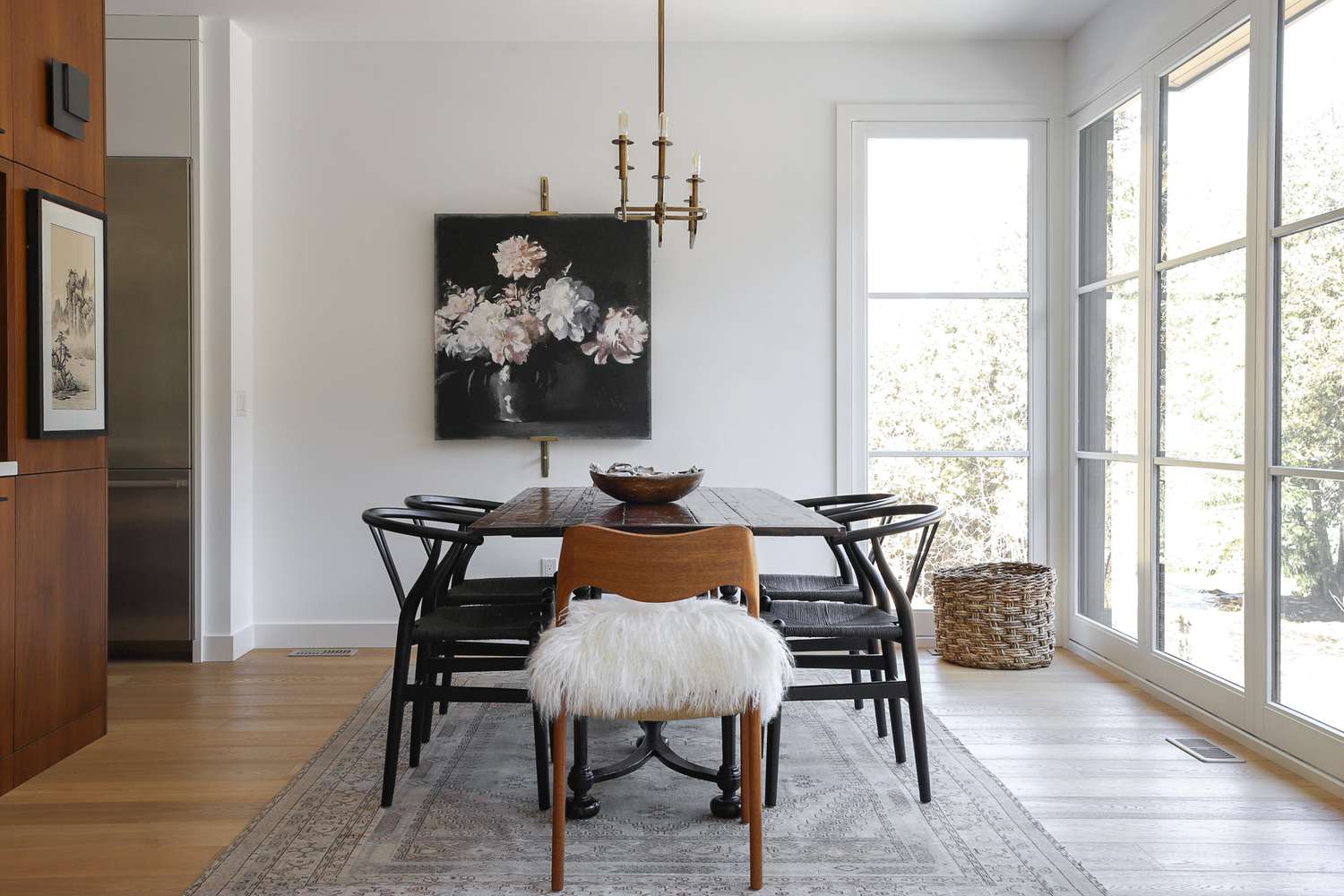
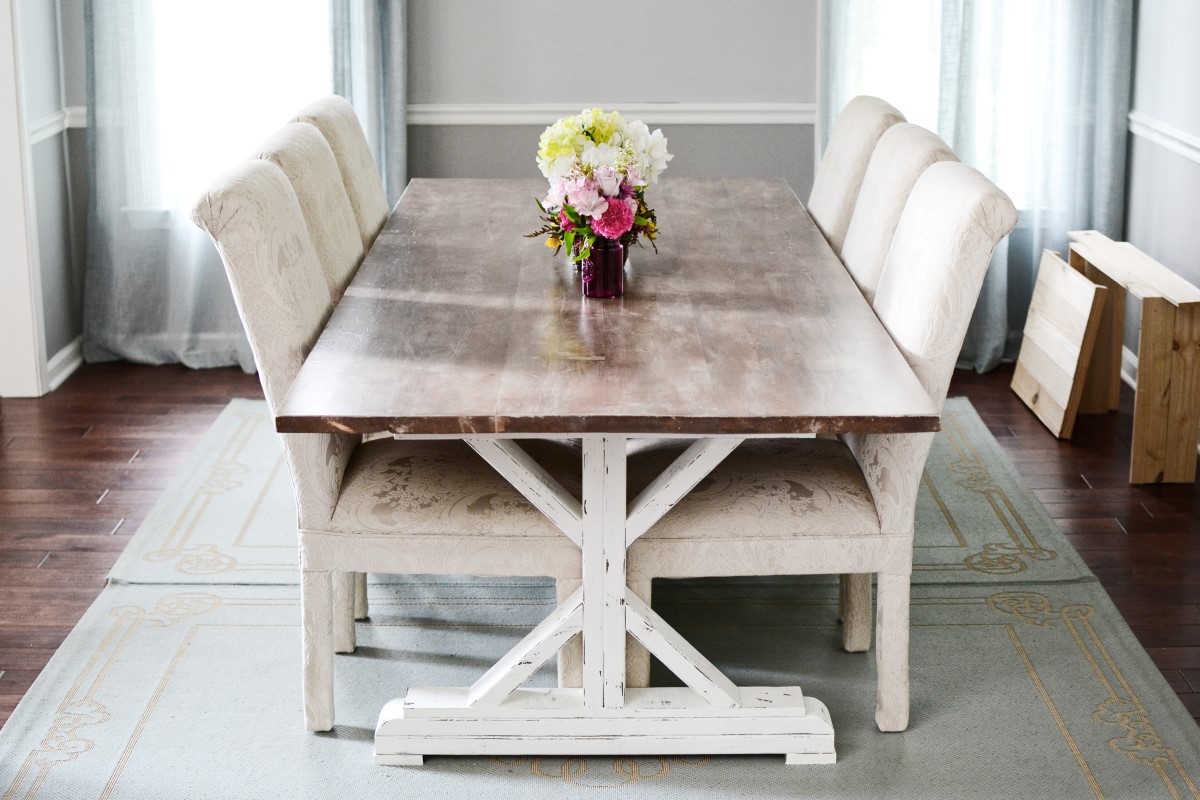
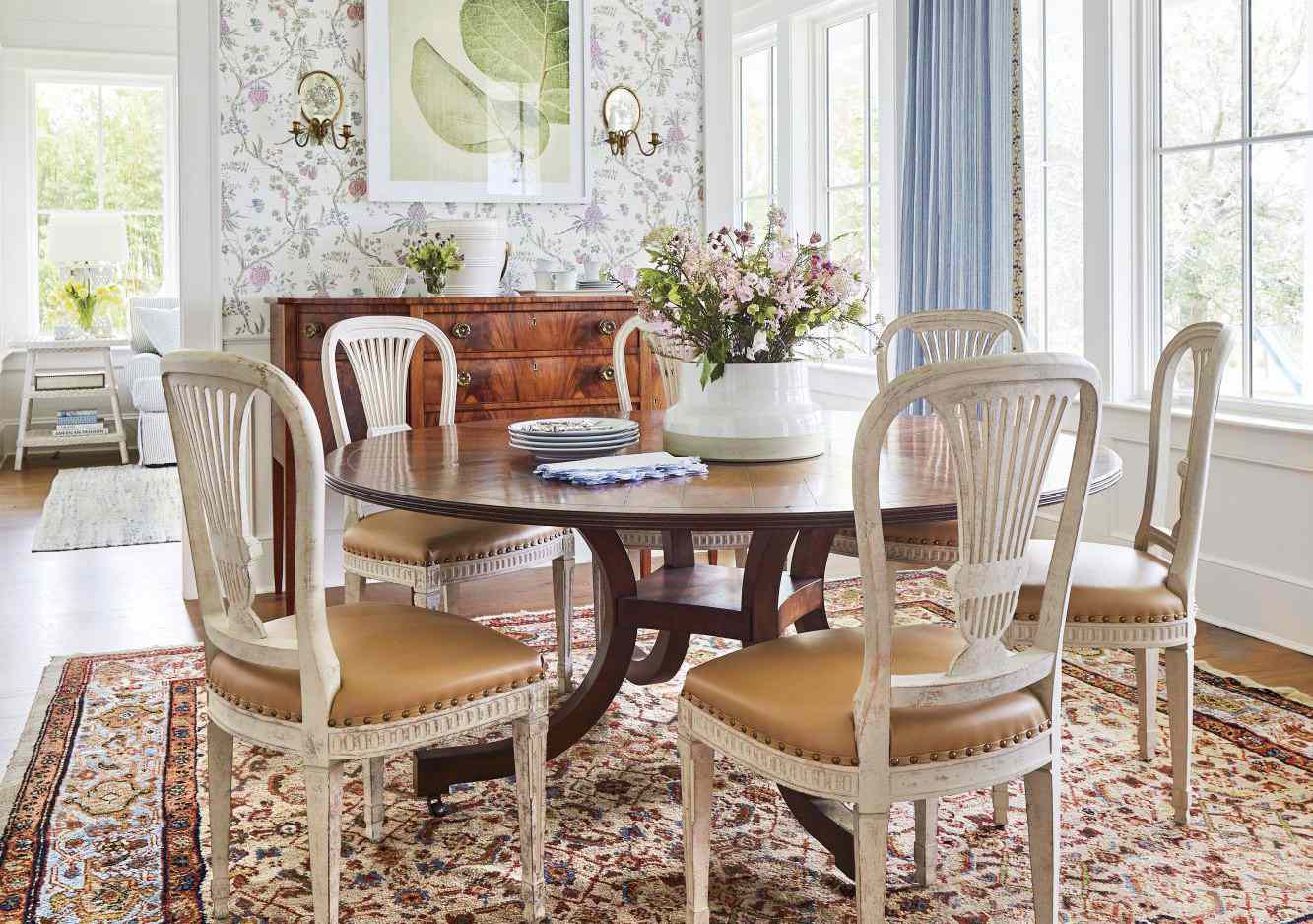
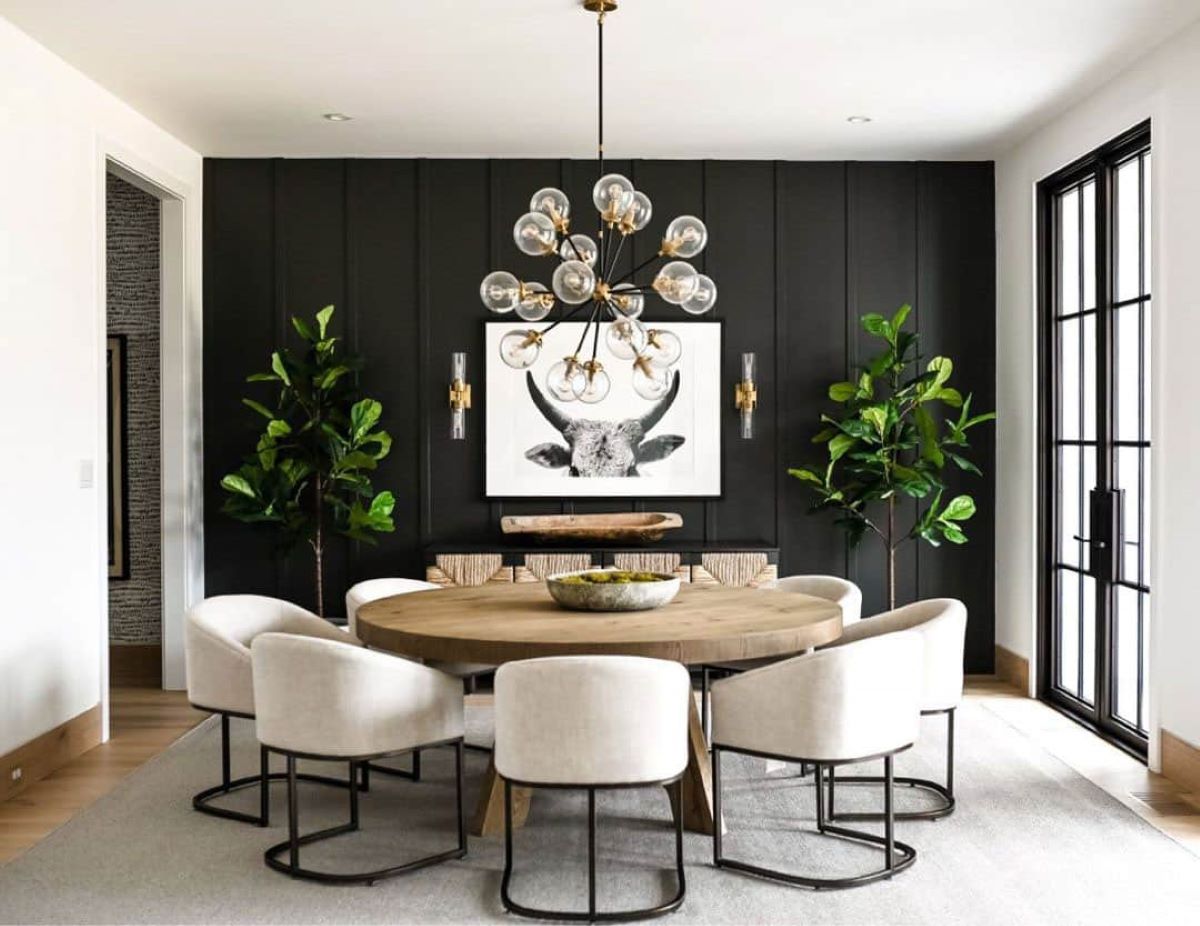
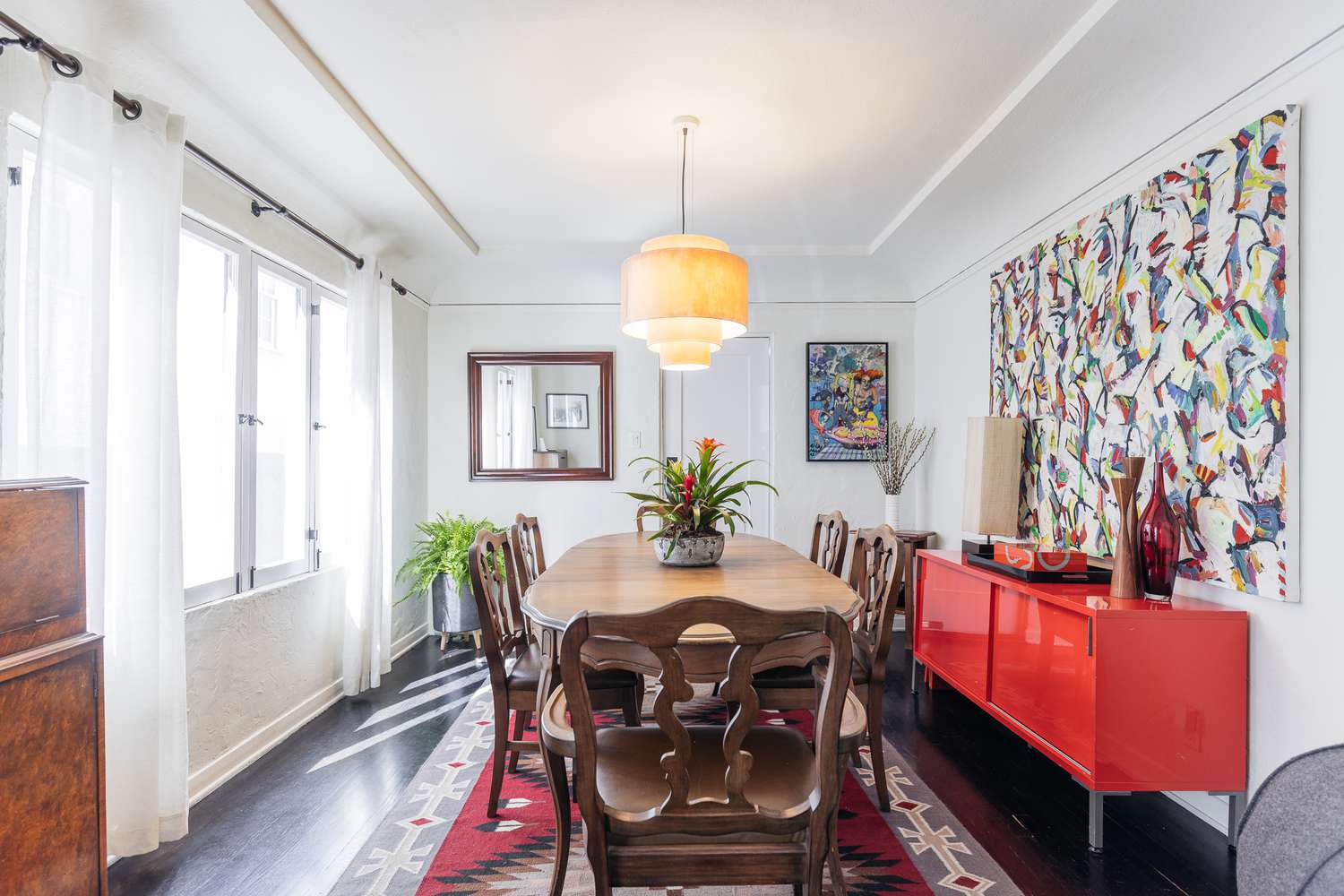
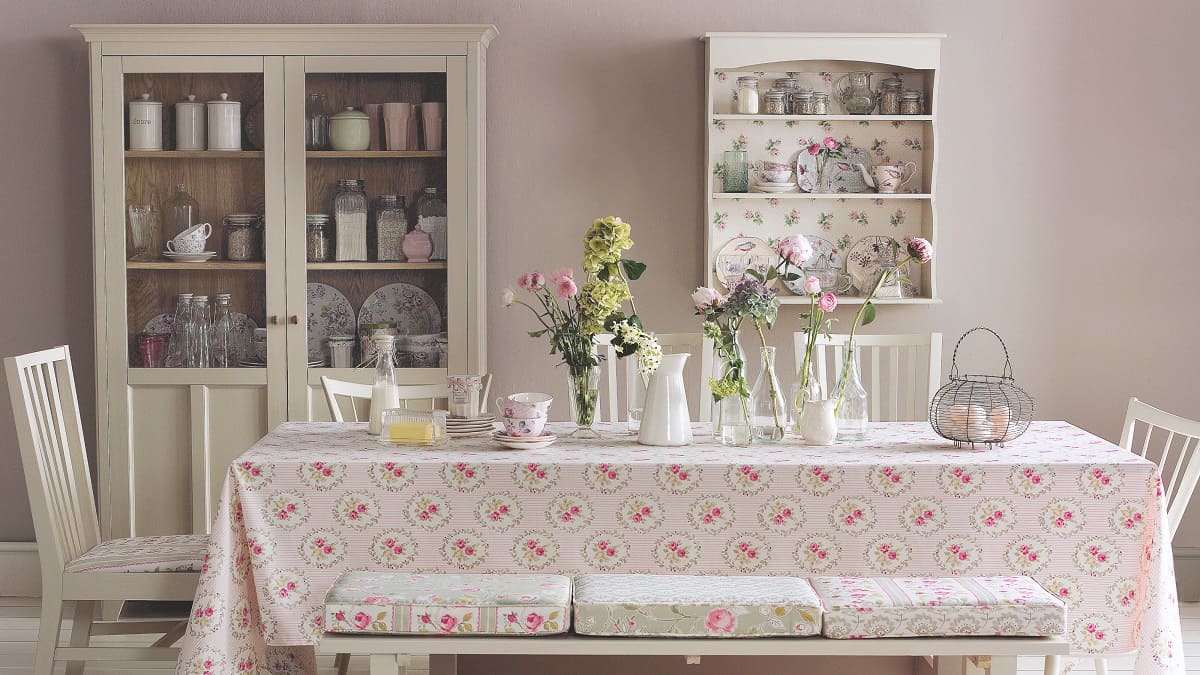
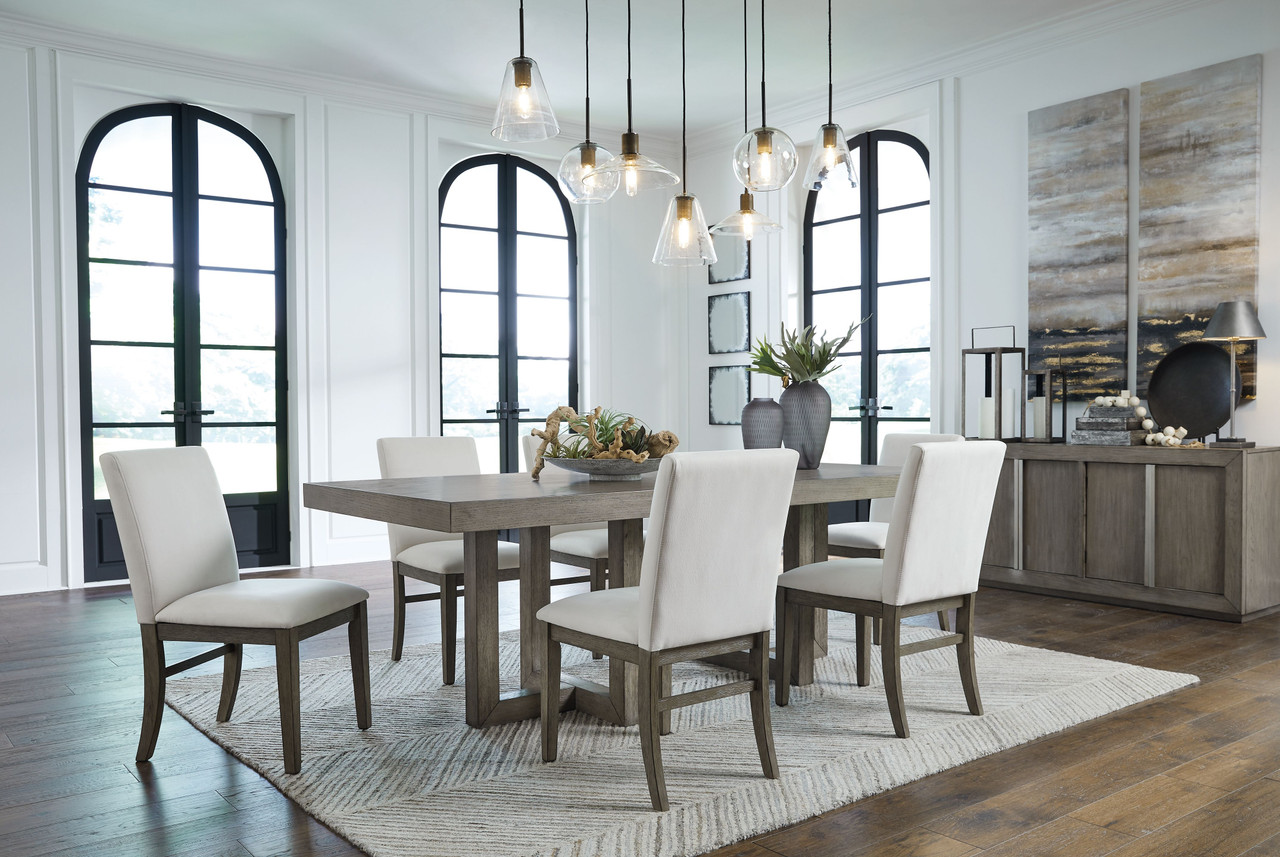
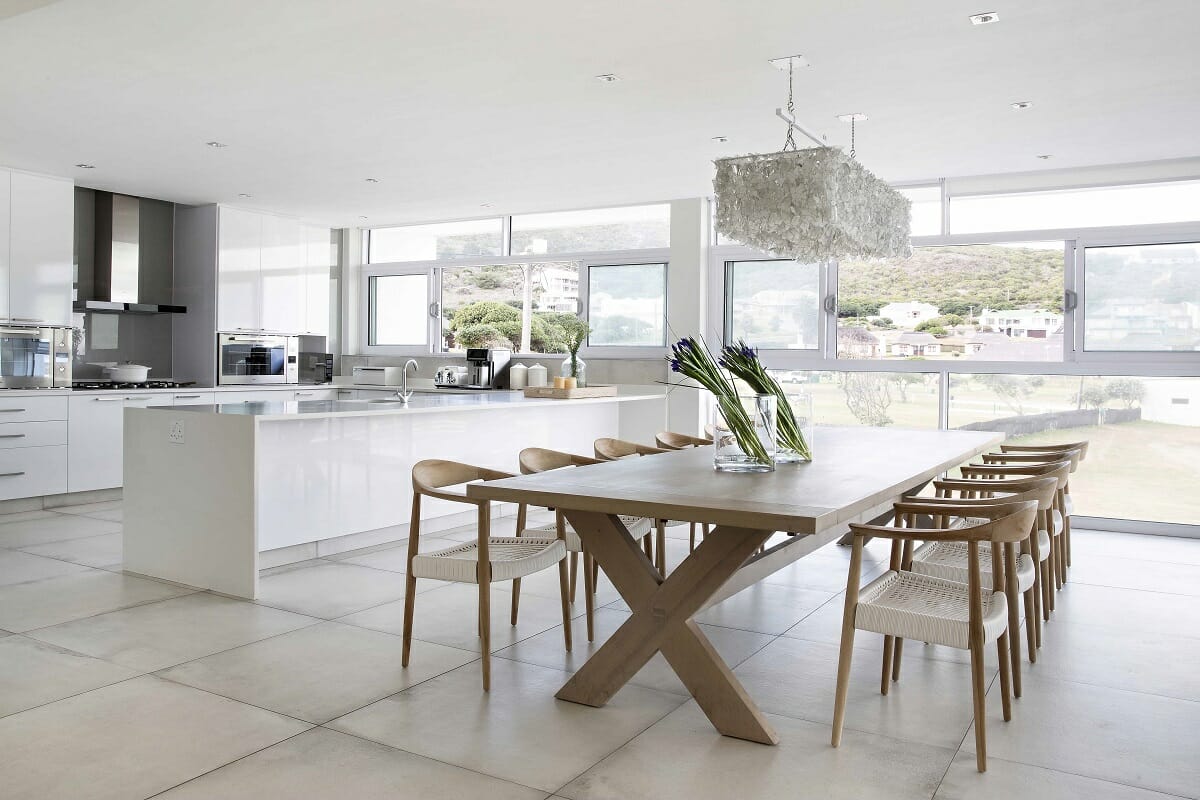
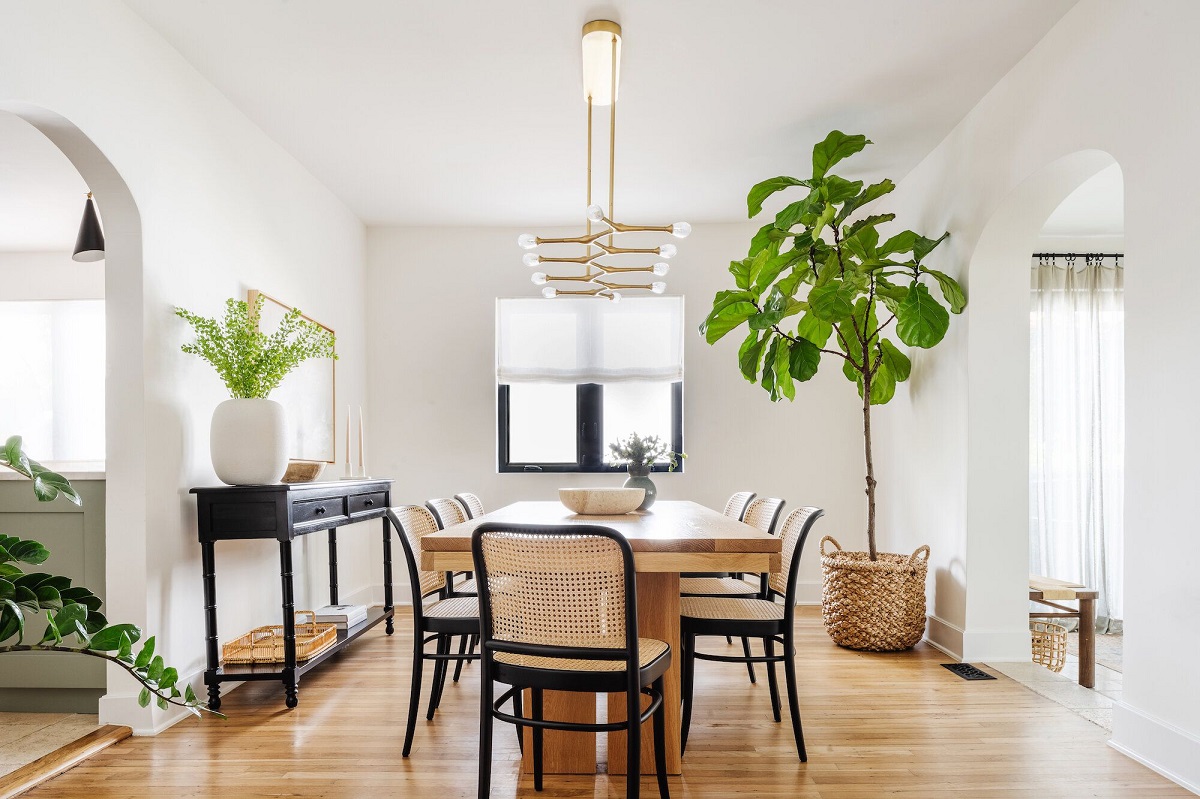
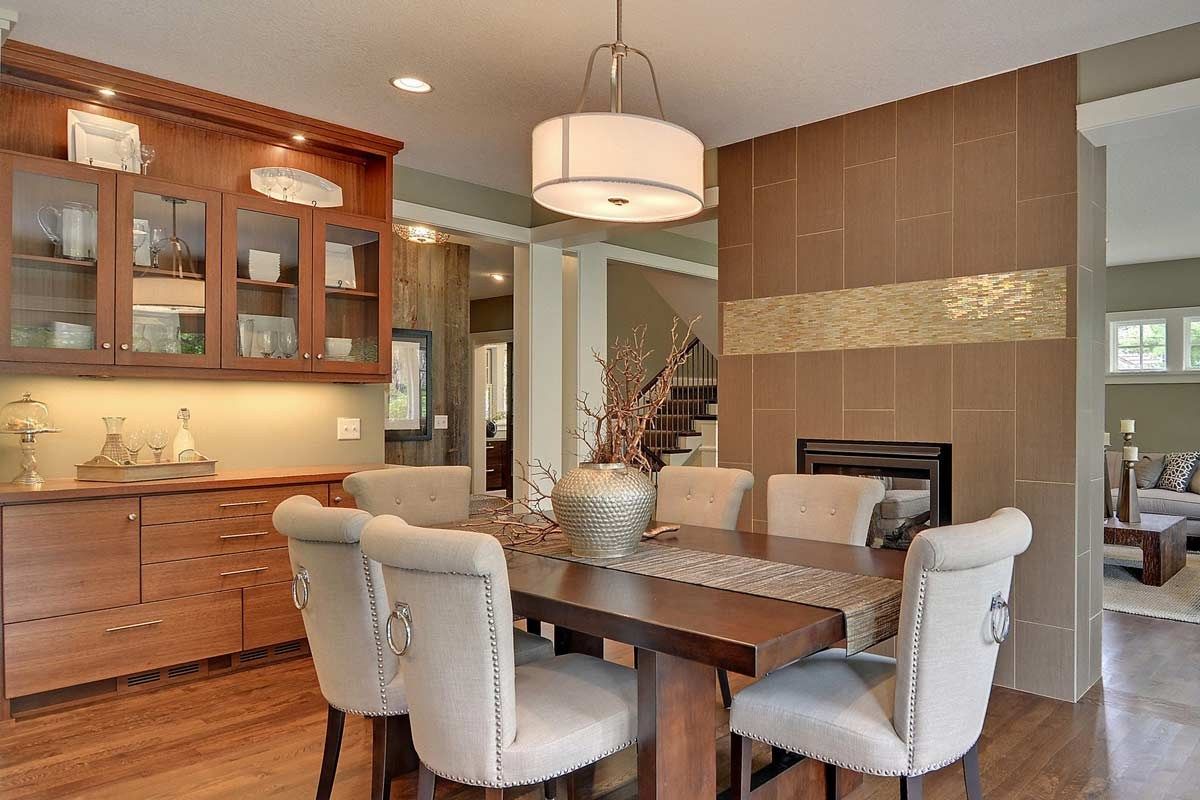
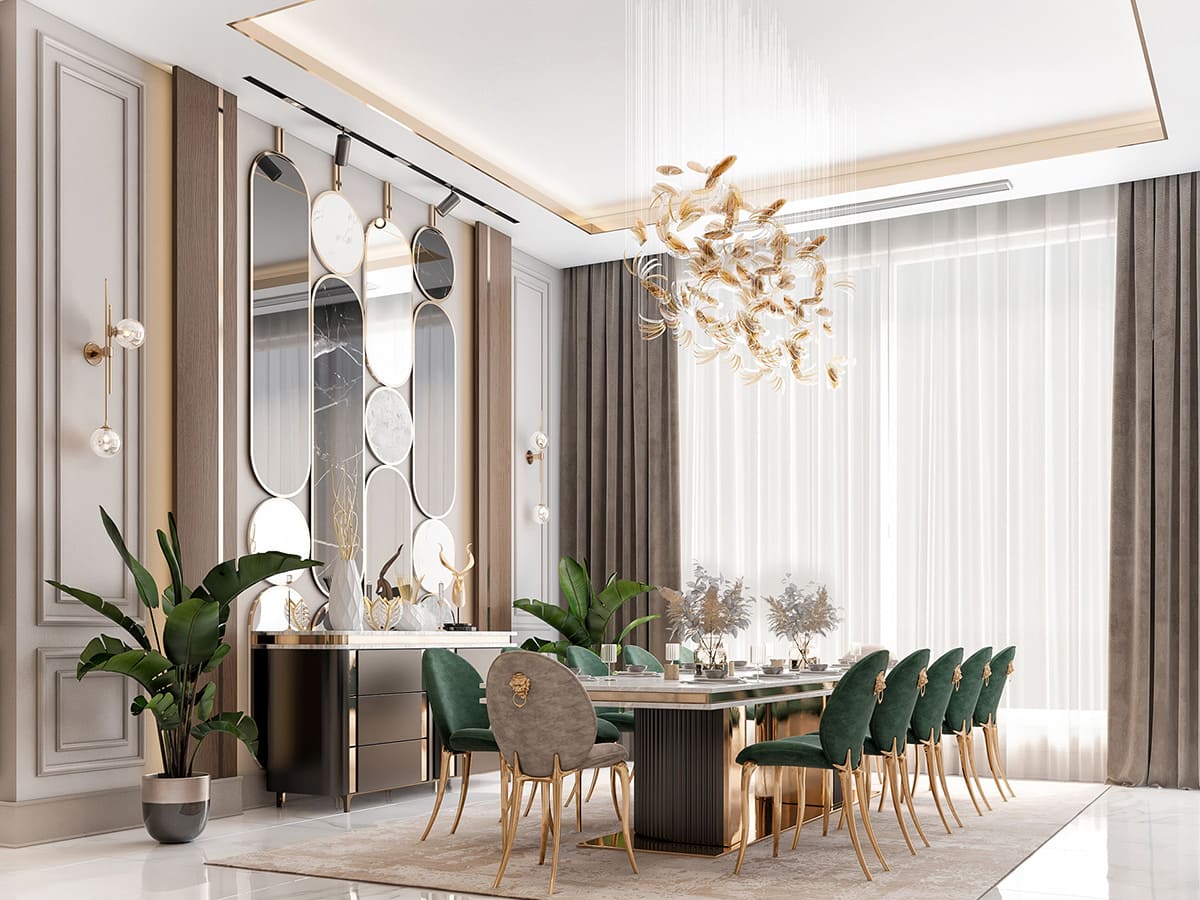
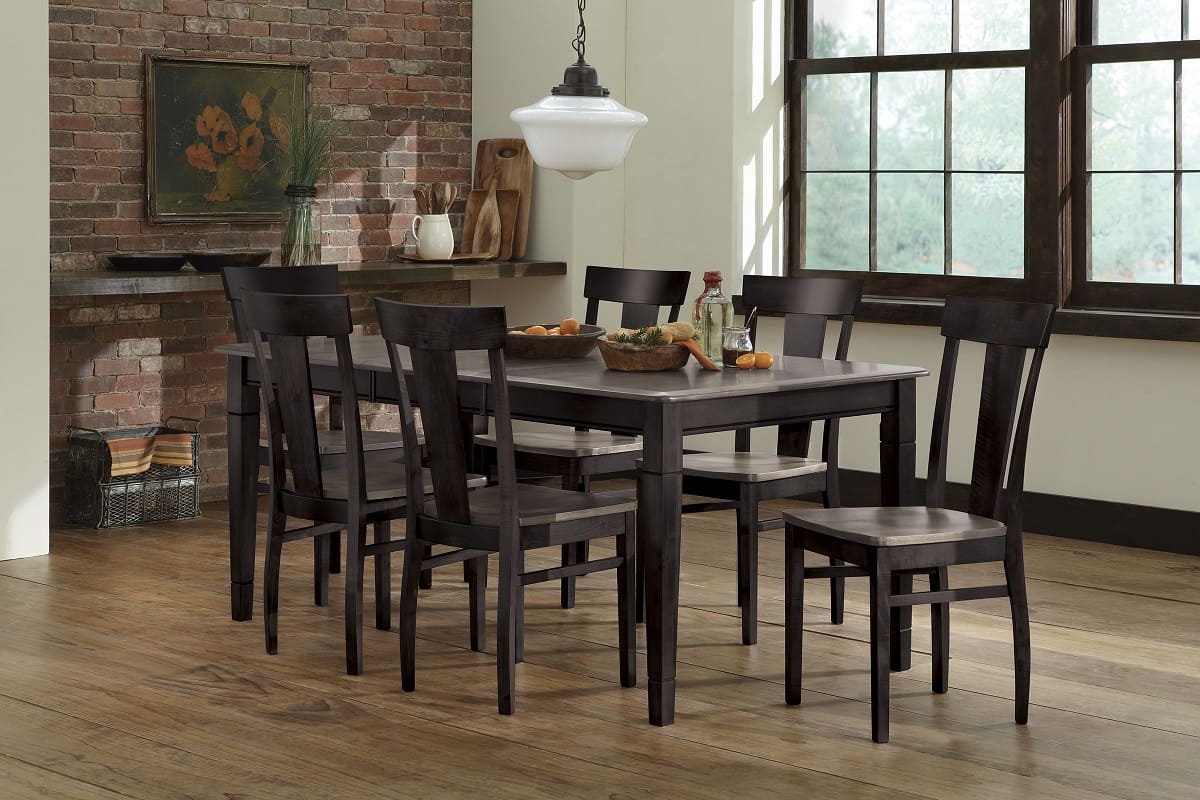

0 thoughts on “What To Put On Your Dining Room Table”